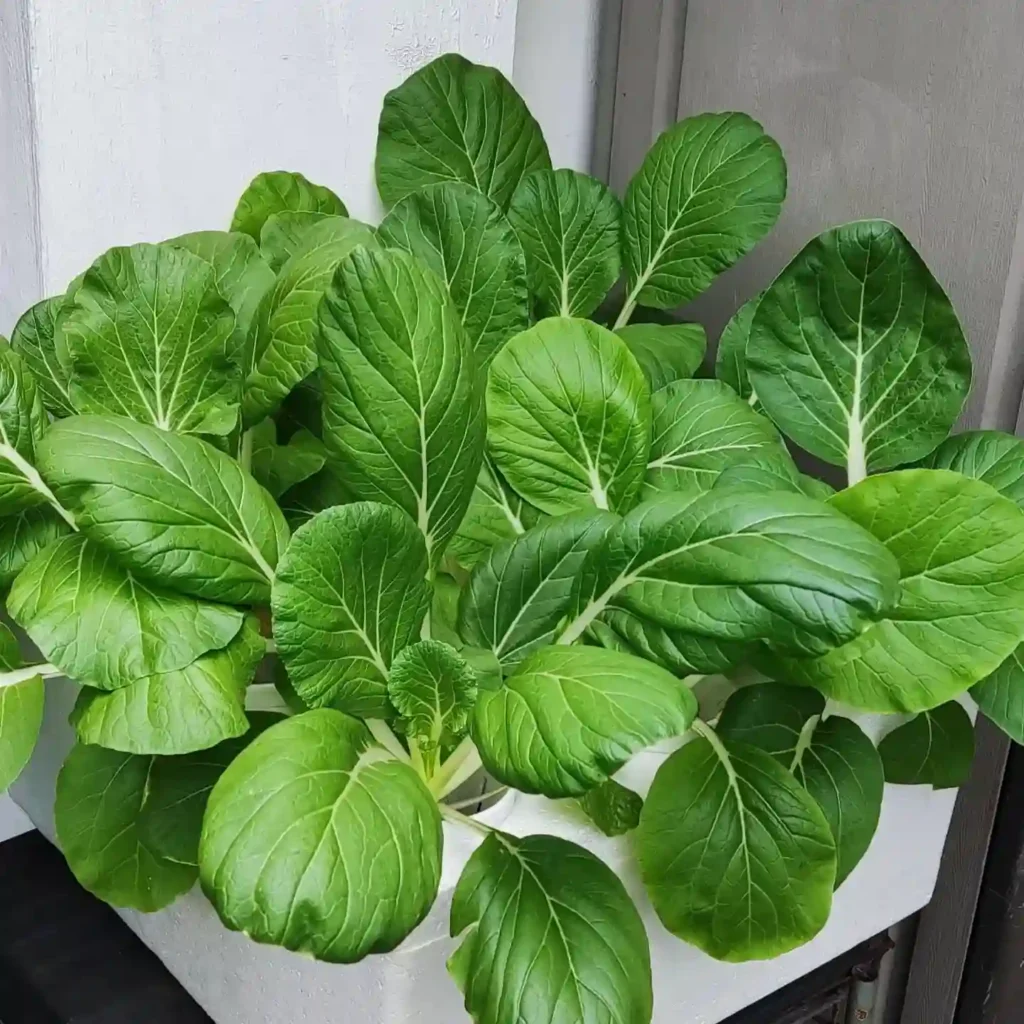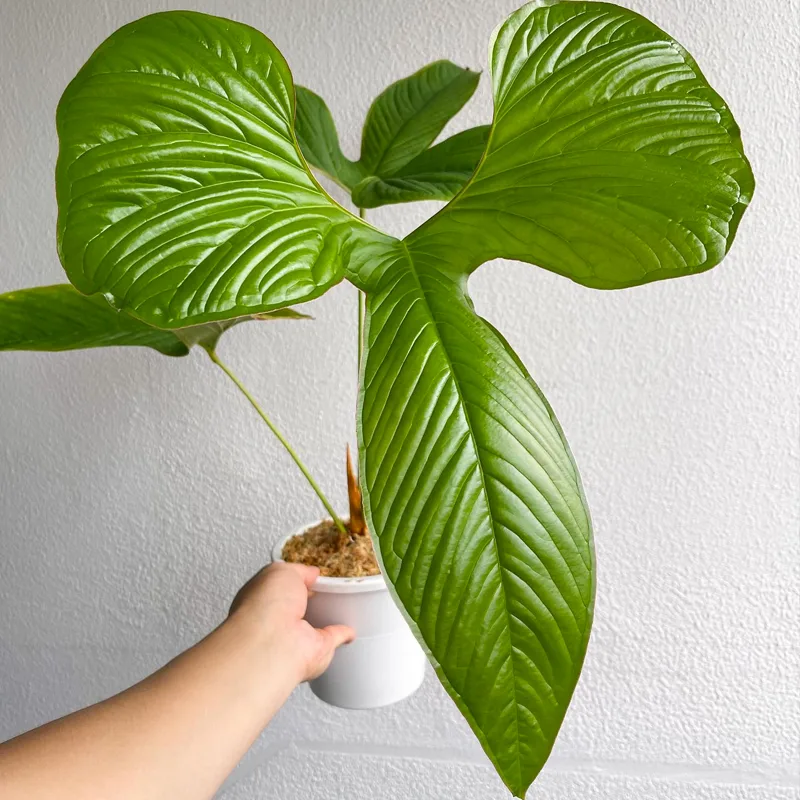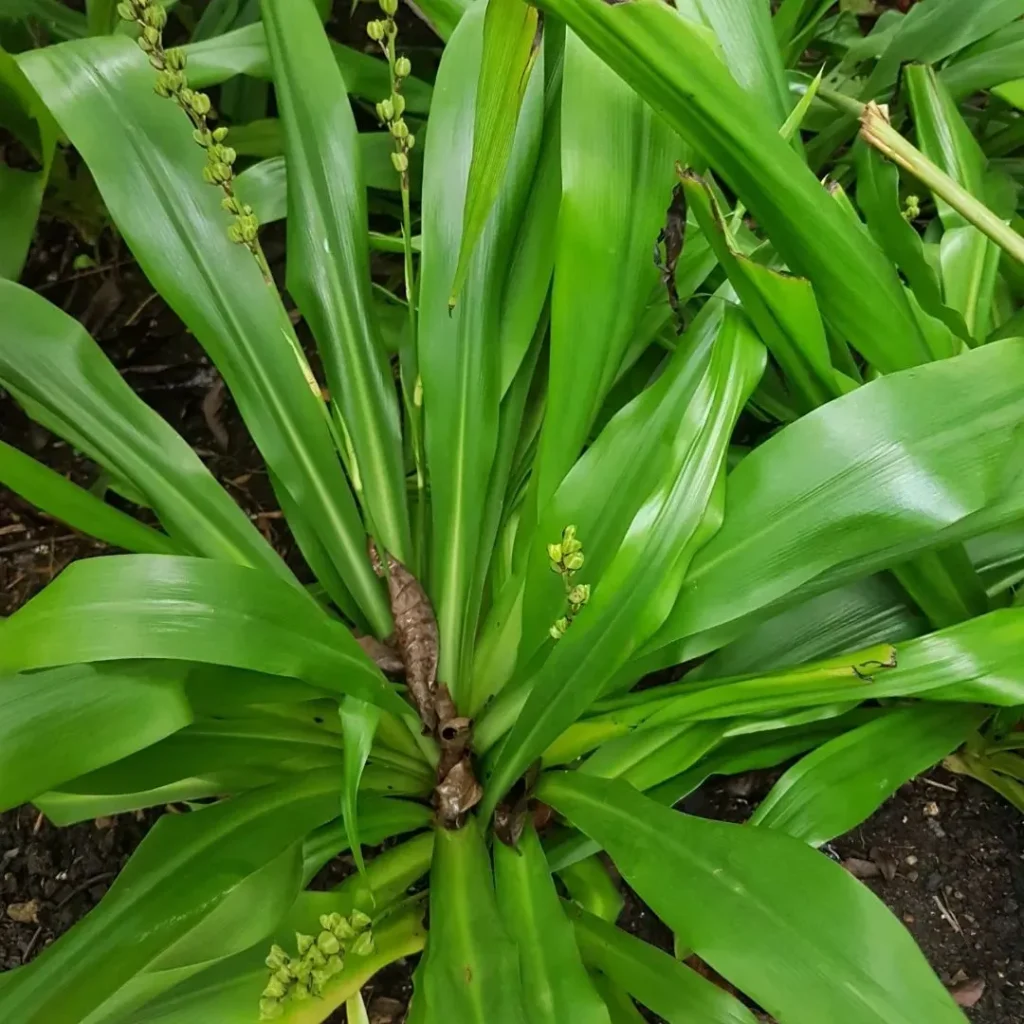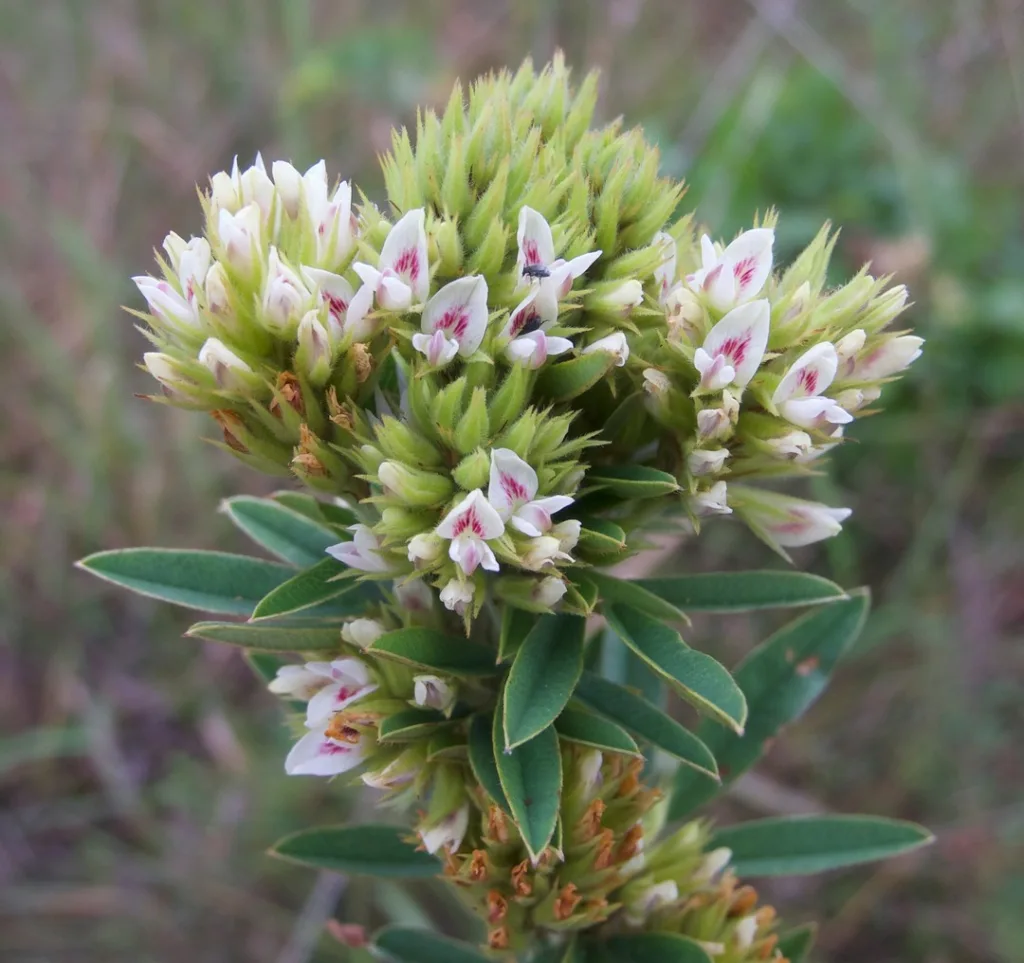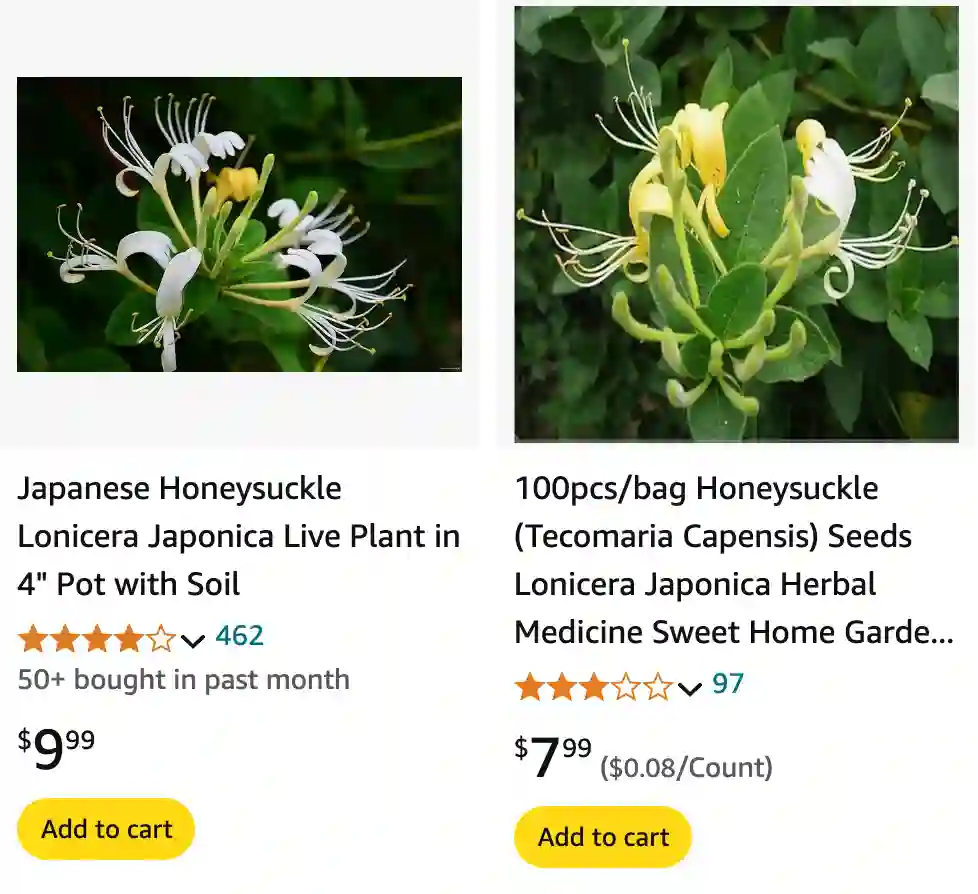
What is Lonicera Japonica?
Lonicera Japonica, commonly known as Japanese Honeysuckle, is a vigorous and versatile evergreen vine native to East Asia. This plant is recognized for its aromatic, tubular flowers that transition from white to yellow, and its ability to cover trellises, fences, and arbors with dense, lush foliage. Often used in gardens for its fast growth and beautiful blooms, Lonicera Japonica has earned its place in many landscaping designs.
What is Lonicera Japonica Used For?
Lonicera Japonica is valued not just for its ornamental appeal but also for its various uses. The fragrant flowers are often used in making herbal teas and traditional medicine due to their reputed cooling and anti-inflammatory properties. The vine’s dense growth habit makes it an excellent choice for privacy screens and ground cover. Additionally, it’s used in erosion control because its extensive root system helps stabilize soil.
Does Lonicera Japonica Have a Dry Stigma?
Lonicera Japonica does not have a dry stigma. The stigma of this honeysuckle is typically moist, which is essential for effective pollination. This moisture helps in attracting pollinators like bees, which are crucial for the plant’s reproduction.
Does Lonicera Japonica Need to Be Watered?
Yes, Lonicera Japonica needs regular watering, especially during its establishment phase. While it’s relatively drought-tolerant once established, the plant thrives with consistent moisture. Ensure the soil remains evenly moist but not waterlogged. Overwatering can lead to root rot, so proper drainage is essential.
How to Grow Lonicera Japonica?
Growing Lonicera Japonica is straightforward, making it a favorite among gardeners. Here’s how to get started:
- Choose the Right Location: Lonicera Japonica prefers full sun to partial shade. It can adapt to various soil types but thrives in well-drained, loamy soil.
- Planting: Space the plants about 3 to 6 feet apart, depending on the desired coverage. Dig a hole twice as wide as the root ball and mix in compost to enrich the soil.
- Watering: Water the plant thoroughly after planting and keep the soil consistently moist. Once established, reduce watering frequency.
- Fertilizing: Feed the plant with a balanced fertilizer in early spring to promote vigorous growth and abundant blooms.
- Support: Provide a trellis, arbor, or fence for the vine to climb. Lonicera Japonica is a twining vine and will require support to reach its full potential.
How to Care for Lonicera Japonica?
Caring for Lonicera Japonica involves regular maintenance to keep the plant healthy and attractive:
- Pruning: Prune the plant annually to control its size and encourage new growth. Remove any dead or diseased branches to improve air circulation and reduce the risk of pests and diseases.
- Pest and Disease Control: Monitor for common pests like aphids and spider mites. Treat any infestations promptly with appropriate insecticides or natural remedies.
- Mulching: Apply a layer of mulch around the base to retain soil moisture and suppress weeds.
Is Honeysuckle Lonicera Japonica Toxic to Pets?
No, Honeysuckle Lonicera Japonica is generally not considered toxic to pets. However, while it is not poisonous, excessive consumption of any plant material might cause mild gastrointestinal upset in pets. It’s always best to keep an eye on your pets and prevent them from chewing on garden plants.
Is Lonicera Japonica Deer Resistant?
Lonicera Japonica is not particularly deer resistant. Deer may browse on the foliage, especially if other food sources are scarce. To deter deer, consider using deer repellents or planting Lonicera Japonica alongside more deer-resistant species.
When Does Lonicera Japonica Flower?
Lonicera Japonica typically blooms from late spring to early summer. The flowers start as creamy white and gradually turn yellow as they mature. The blooming period can vary slightly depending on the local climate and growing conditions.
When to Prune Lonicera Japonica?
Prune Lonicera Japonica in late winter or early spring before new growth begins. This timing ensures that you remove any dead or damaged wood and shape the plant for optimal growth. Regular pruning also helps manage the plant’s spread and maintain its appearance.
How to Propagate Lonicera Japonica?
Propagating Lonicera Japonica can be done through several methods:
- Cuttings: Take semi-hardwood cuttings in late summer or early fall. Dip the cut ends in rooting hormone and plant them in a pot with a mix of peat and perlite. Keep the cuttings moist and in a warm, sunny location until roots develop.
- Layering: Bend a low-growing branch to the ground, cover it with soil, and secure it with a stake. Once roots form, you can separate the new plant from the parent.
What to Plant With Lonicera Japonica?
Lonicera Japonica pairs well with other flowering plants and vines. Consider planting it alongside:
- Clematis: Their complementary blooming periods and growth habits create a visually appealing display.
- Roses: The dense honeysuckle foliage can provide a lovely backdrop for rose blooms.
- Hostas: The shade-loving Hostas can thrive under the canopy of Lonicera Japonica, creating a lush, layered effect.
Can You Grow Lonicera Japonica Indoors?
Lonicera Japonica is best suited for outdoor environments due to its size and growth habit. While it can be grown indoors in a large, sunny space, it may not thrive as well as it does outside. Indoor growth may also require careful management of humidity and light levels.
Benefits of Lonicera Japonica
Aside from its beauty, Lonicera Japonica offers several benefits:
- Erosion Control: Its extensive root system helps prevent soil erosion.
- Privacy Screen: Provides a dense, evergreen cover for increased privacy.
- Pollinator Friendly: Attracts bees and other pollinators with its fragrant flowers.
Common Problems
Be aware of potential issues with Lonicera Japonica:
- Invasive Growth: In some areas, it can become invasive, spreading aggressively. Monitor its growth and manage accordingly.
- Pests: Watch for aphids and spider mites that can affect plant health.
In conclusion, Lonicera Japonica is a versatile and attractive plant with a range of uses and benefits. By understanding its needs and characteristics, you can ensure it thrives in your garden and provides you with its charming blooms and lush greenery.
